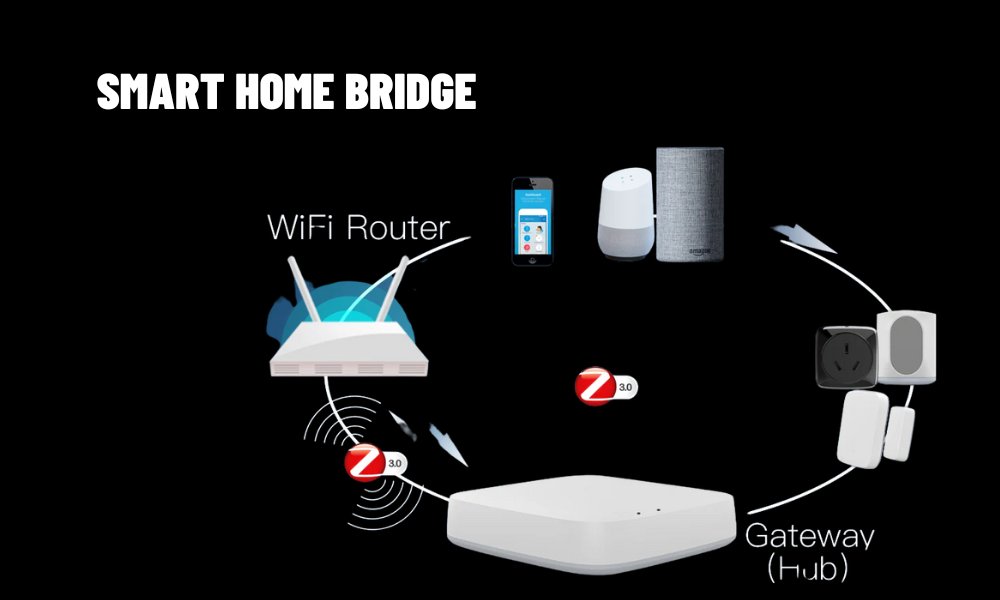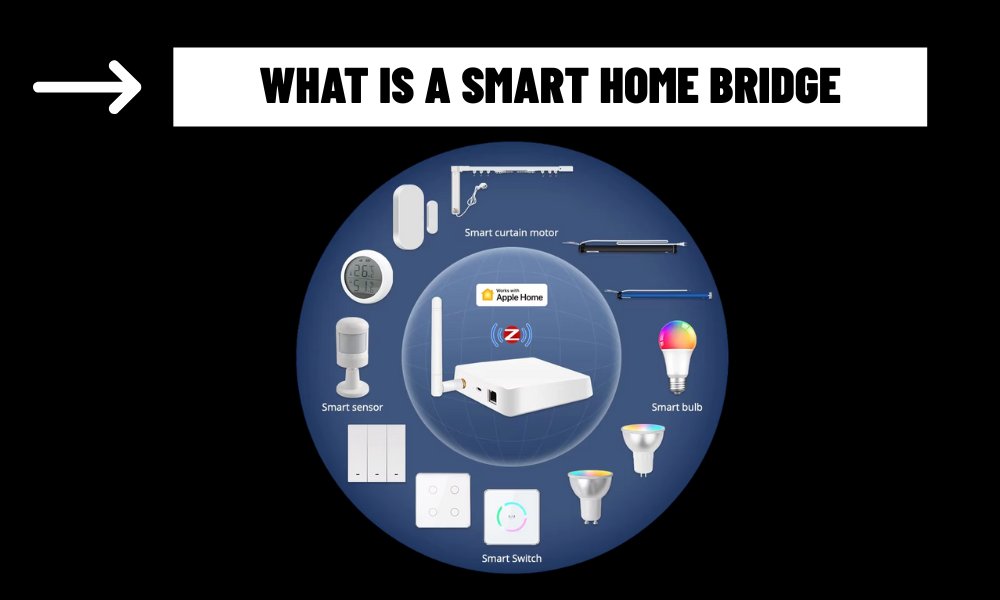In the age of smart homes, technology continues to advance, providing homeowners with greater convenience, security, and control over their living spaces. While smart devices like smart lights, thermostats, and locks are becoming increasingly popular, their ability to work together effectively often hinges on one key element: the smart home bridge.
What is a Smart Home Bridge?
A smart home bridge is a device that allows smart home products using different wireless technologies to communicate with each other. Many smart home devices operate on different communication protocols, such as Z-Wave, Zigbee, Wi-Fi, and Bluetooth. A smart home bridge acts as a translator, enabling devices that use these different protocols to work together within the same system.
For example, you might have a Zigbee-enabled smart light bulb and a Wi-Fi-enabled smart plug. Without a smart home bridge, these devices wouldn’t be able to communicate. But by connecting both to a compatible bridge, they can interact seamlessly, controlled from a single platform.
How Does a Smart Home Bridge Work?
A smart home bridge connects your devices to the internet and your home’s central hub, often your smartphone or smart assistant, enabling communication across various devices. It translates commands from your phone or voice assistant into the appropriate signal for the device. This integration allows for centralized control, automation, and scheduling, making the entire smart home experience more efficient.

Benefits of Using a Smart Home Bridge
Centralized Control:
A smart home bridge consolidates control, so you don’t have to manage each device separately. Whether you’re adjusting lights, security cameras, or the thermostat, you can control everything from a single app or voice assistant.
Enhanced Automation:
By connecting all your smart devices through a bridge, you can create complex automation routines. For example, you can set up a routine to automatically lock your doors, turn off the lights, and adjust the thermostat when you leave for work.
Compatibility:
Many smart home devices use different communication protocols. A bridge ensures that all of your devices can interact with each other, even if they come from different brands or ecosystems.
Improved Security:
Integrating your security systems with your other smart home devices ensures comprehensive protection. A smart home bridge allows you to manage your security cameras, locks, and sensors from one interface, making monitoring easier and more reliable.
Top Smart Home Bridges
When selecting a smart home bridge, compatibility with your existing devices is crucial. Popular options include:
Samsung SmartThings Hub: Supports Zigbee, Z-Wave, and Wi-Fi, offering extensive compatibility with a wide range of smart devices.
Amazon Echo Plus: Acts as both a voice assistant and a bridge, integrating with many Zigbee-enabled devices.
Apple HomePod Mini: Best for users in the Apple ecosystem, supporting HomeKit devices.
A smart home bridge is essential for anyone looking to create a fully integrated and efficient smart home. It ensures compatibility, simplifies control, and makes automation easier to set up. By investing in a smart home bridge, you unlock the full potential of your smart home devices, creating a more convenient, secure, and connected living space.

